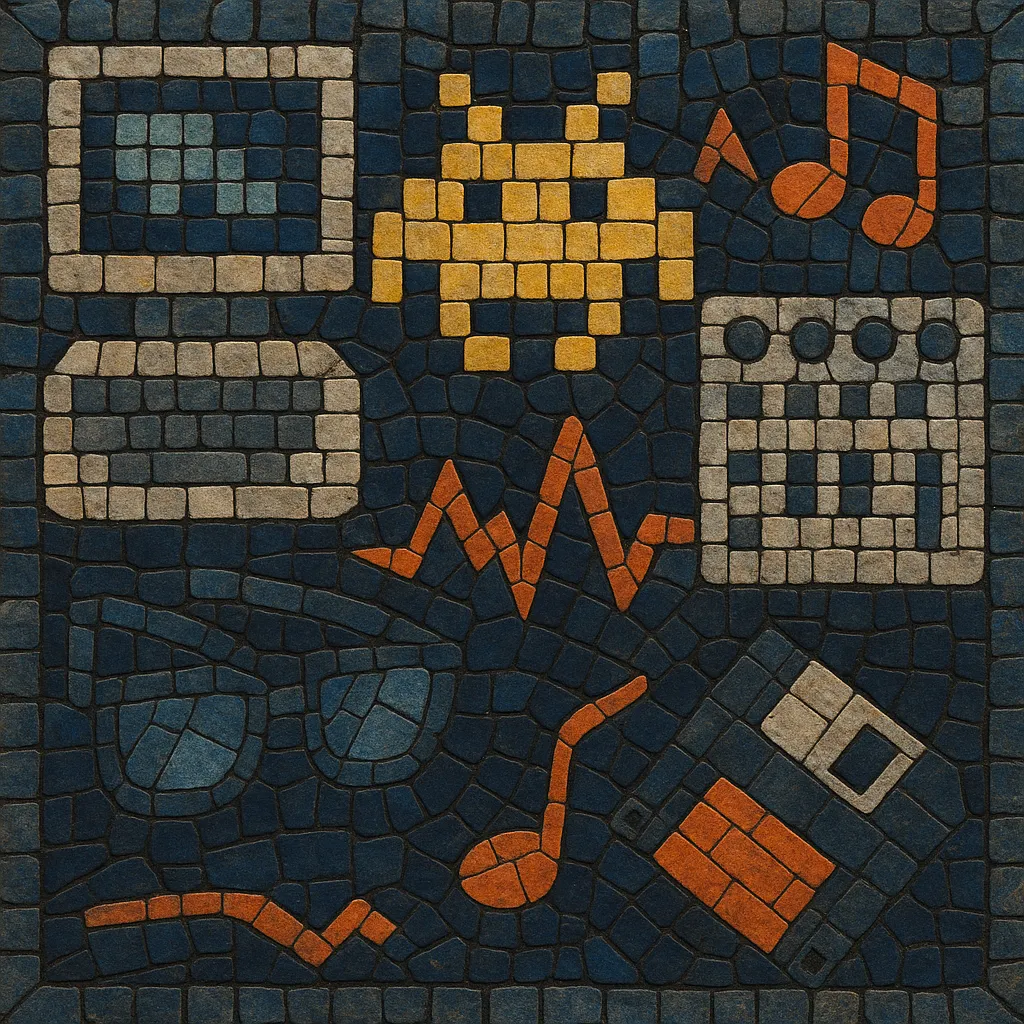Nerdcore techno is an internet-native strain of techno that fuses 4/4 club frameworks with 8‑bit/chiptune sound palettes, tracker aesthetics, and overtly geek/tech culture references.
It typically features driving drum patterns, simple but hooky pulse-wave melodies, rapid arpeggios that emulate early game-console harmony, and sound effects drawn from retro computing and video games. Vocals, when used, often lean into coder, gaming, or sci‑fi themes—sometimes processed through vocoders or bit‑crushers to match the lo‑fi timbre.
Sonically, nerdcore techno ranges from mid‑tempo, minimal-leaning grooves to high‑energy, chip‑gabber hybrids. Its identity is as much about the tools and culture—trackers, retro hardware, netlabels, and DIY sharing—as it is about the dancefloor.
Nerdcore techno emerged in the early 2000s as techno producers and chiptune/demoscene artists converged online. It married club‑ready 4/4 structures with 8‑bit timbres and a playful, explicitly nerdy cultural stance.


